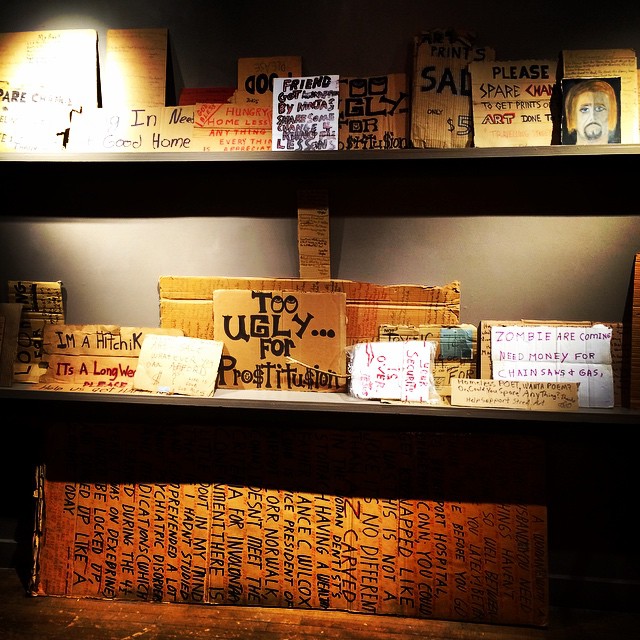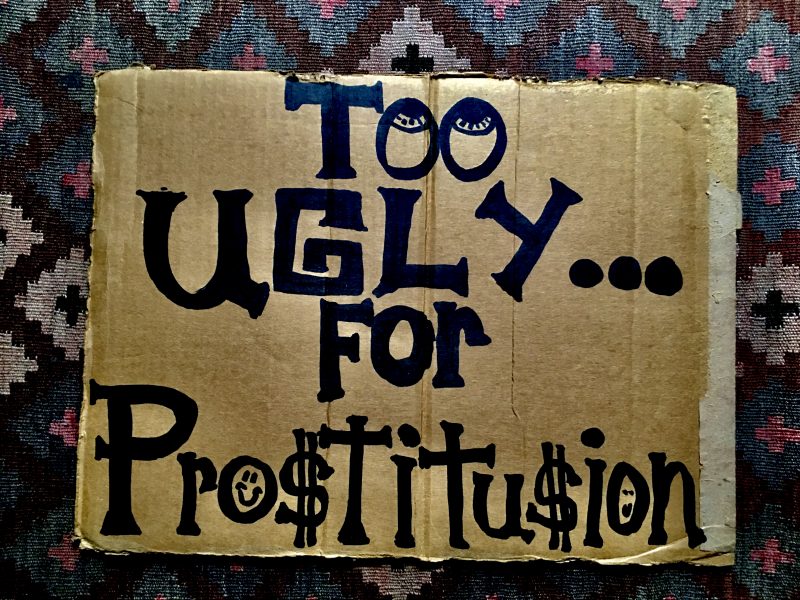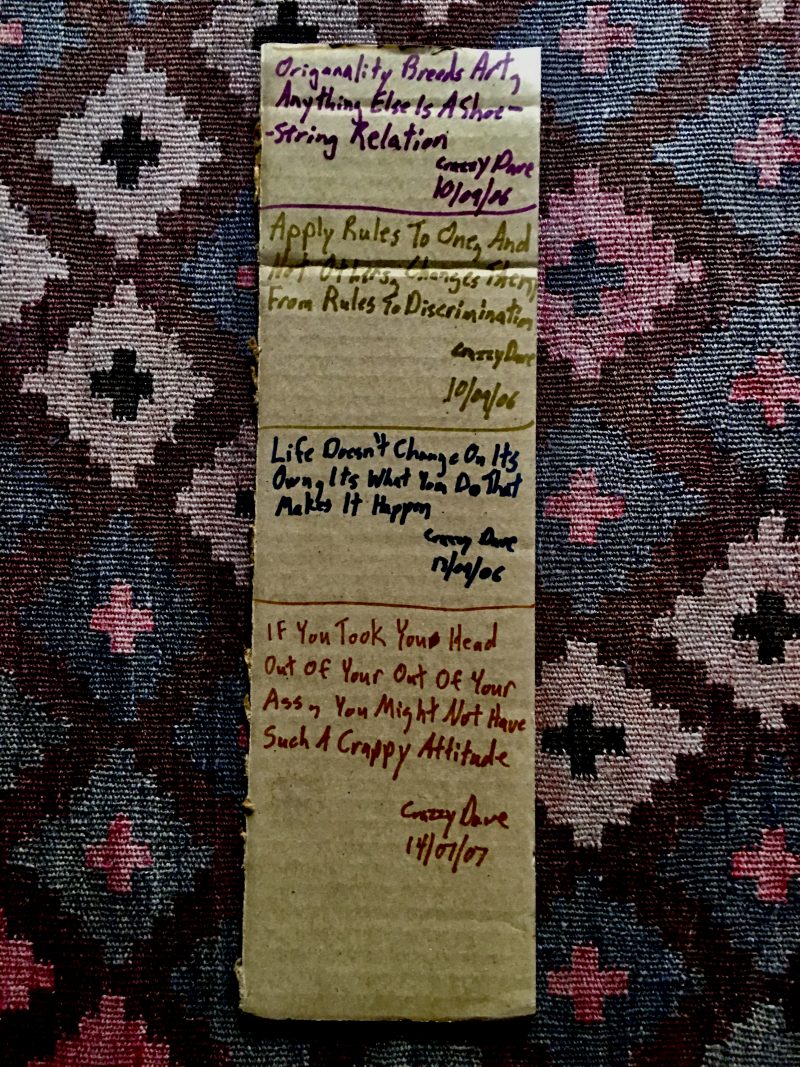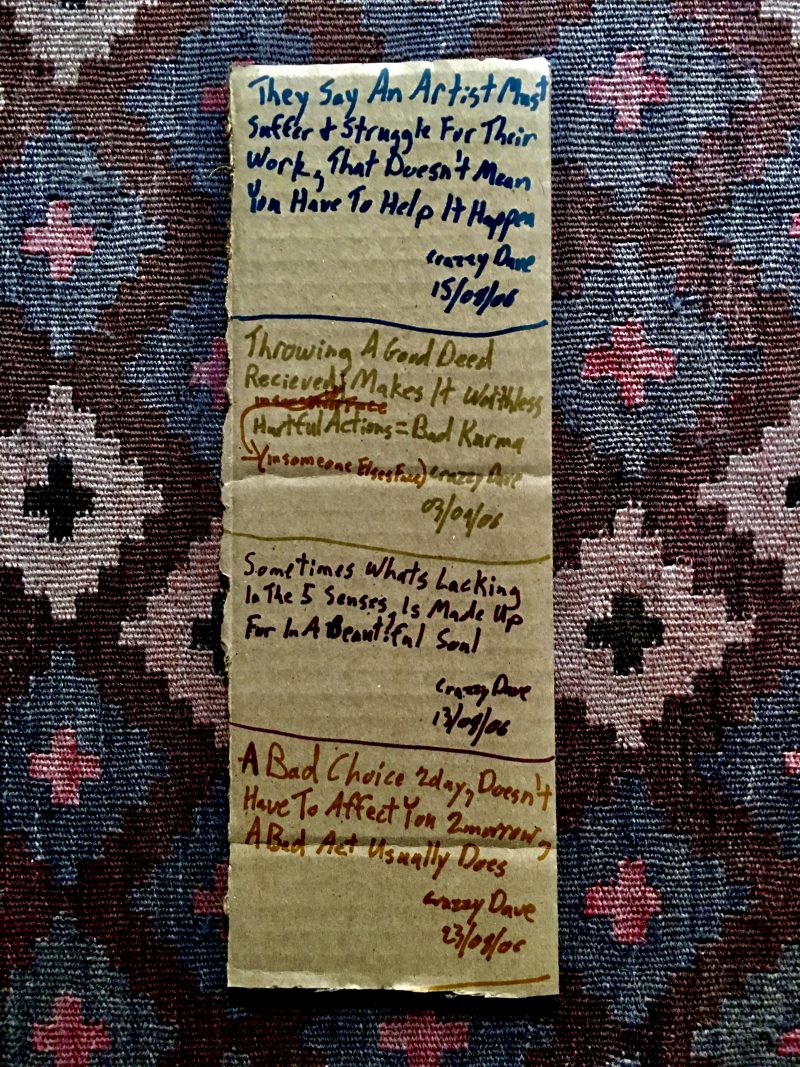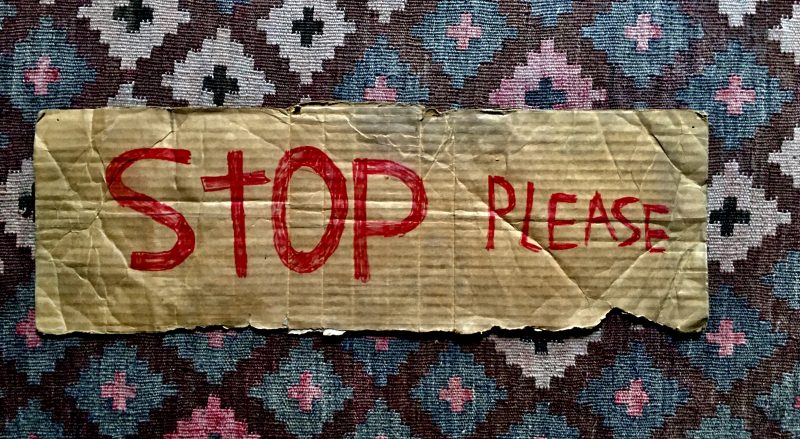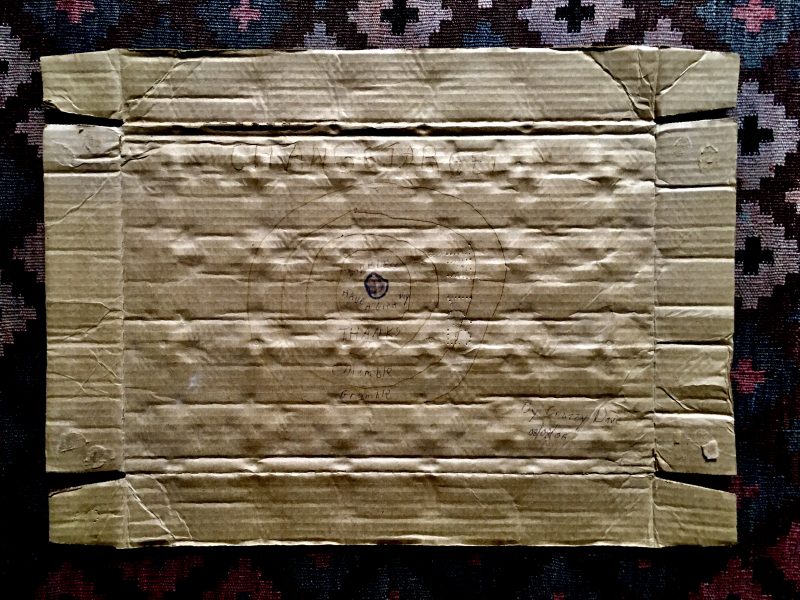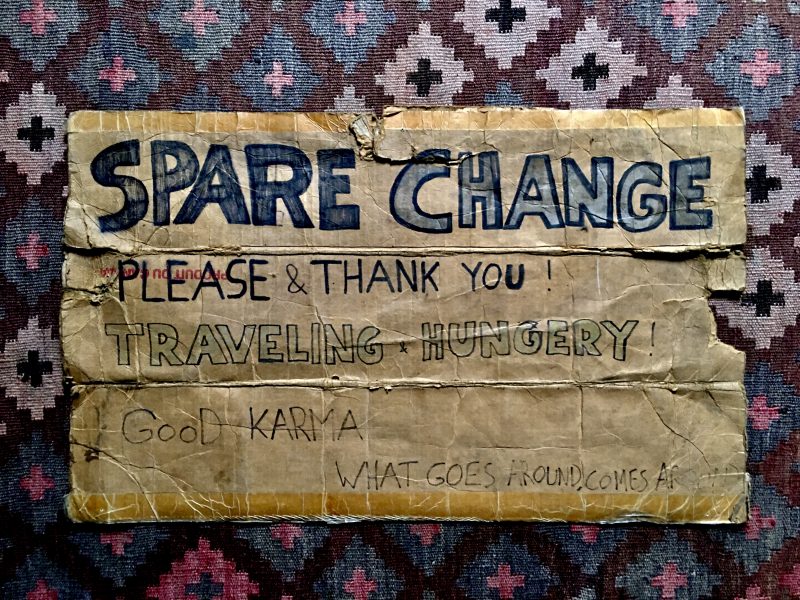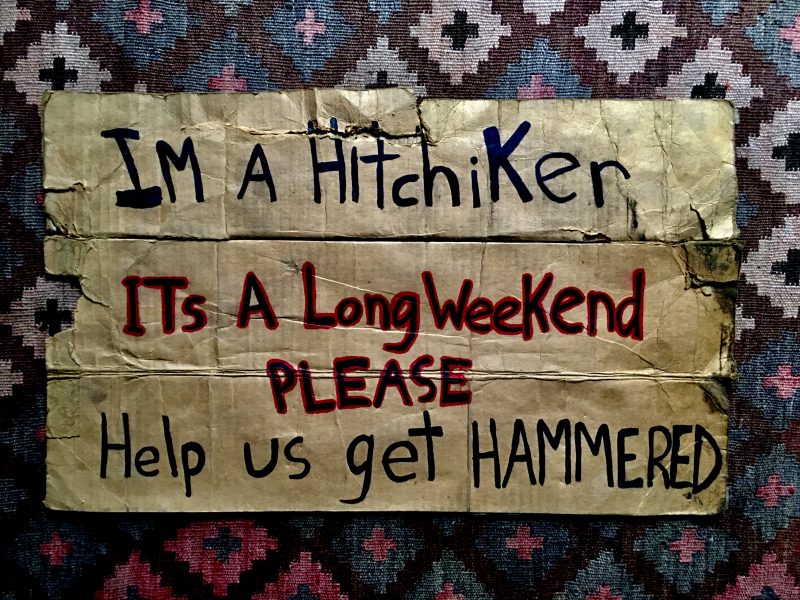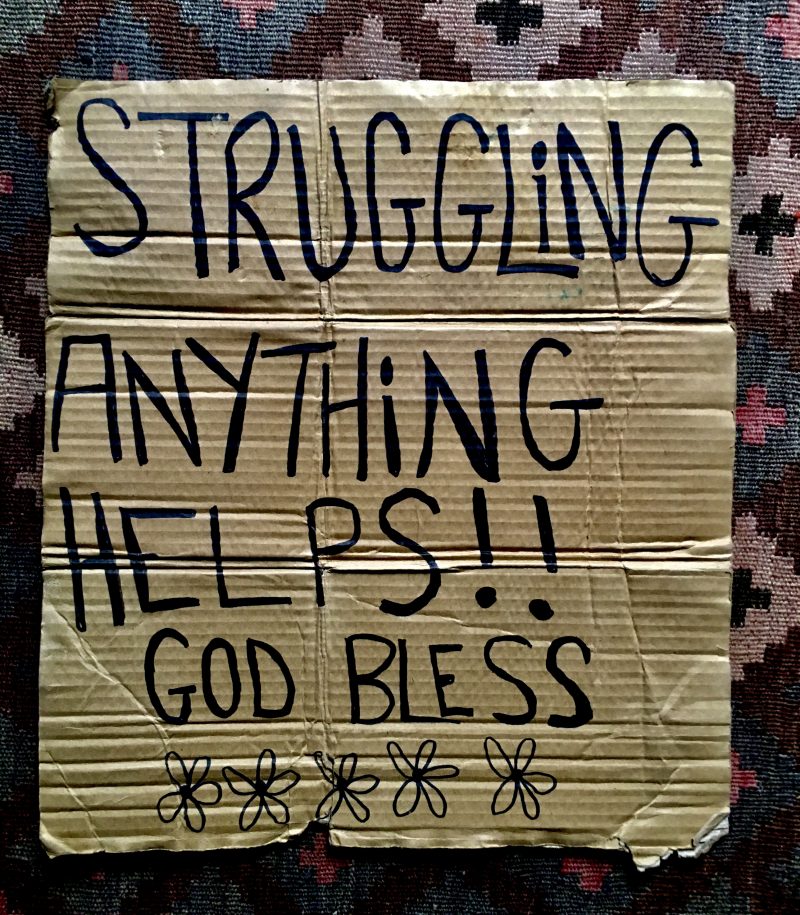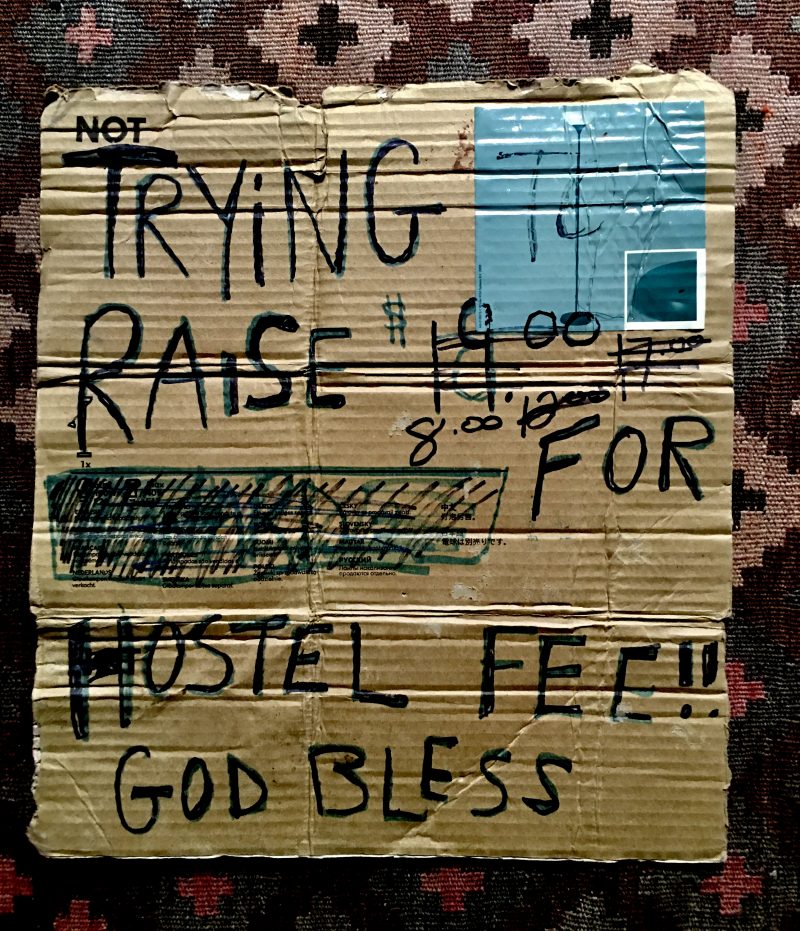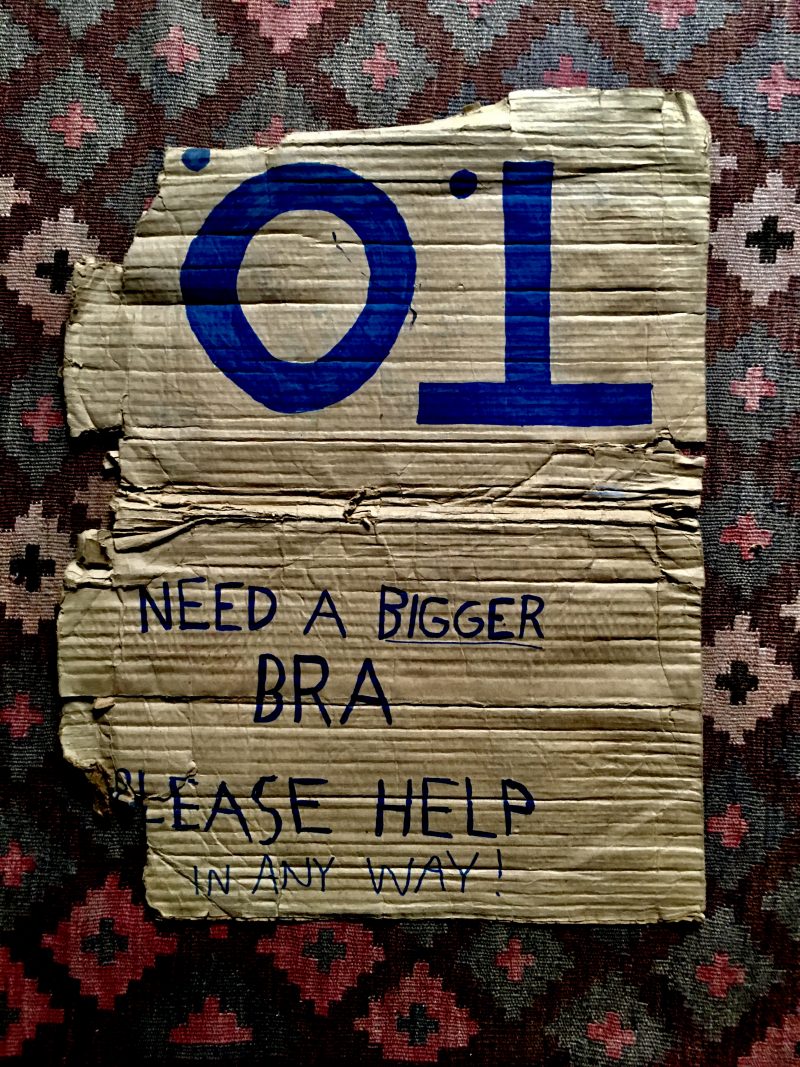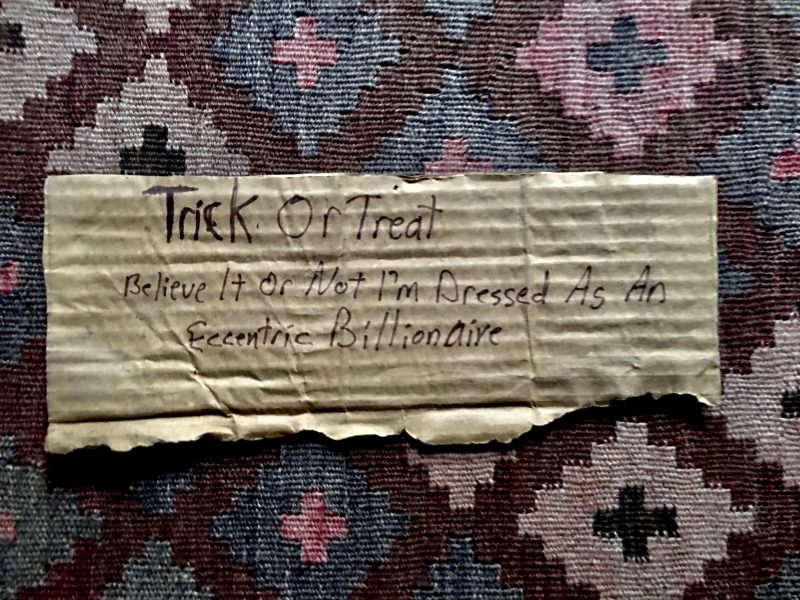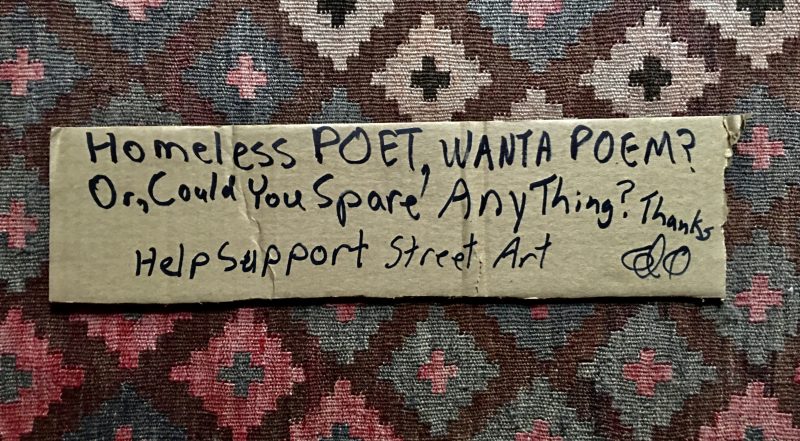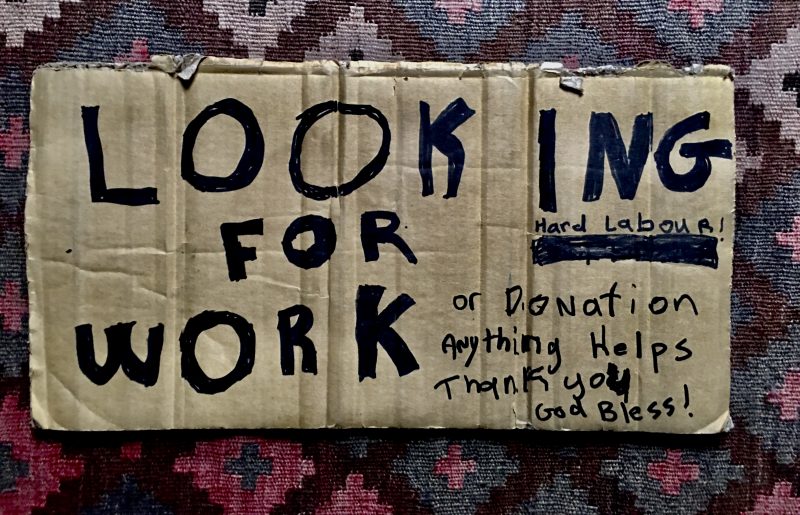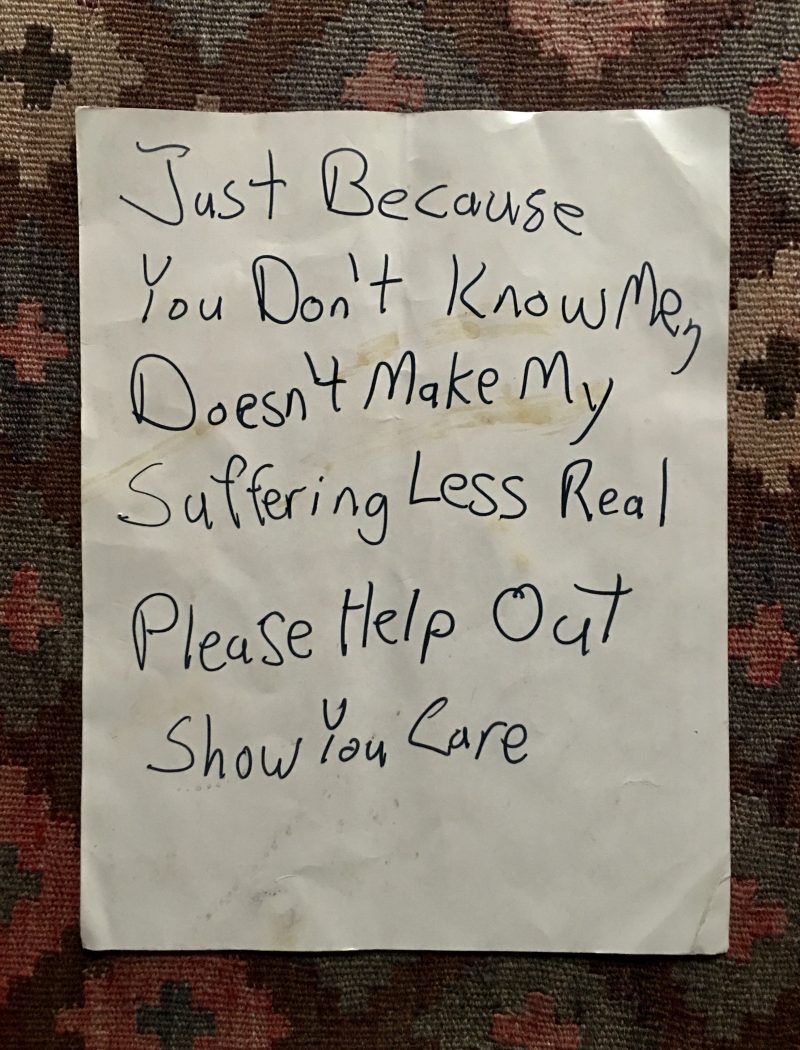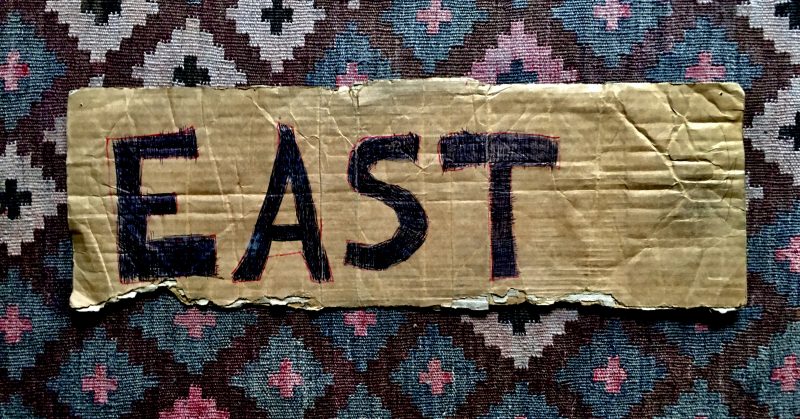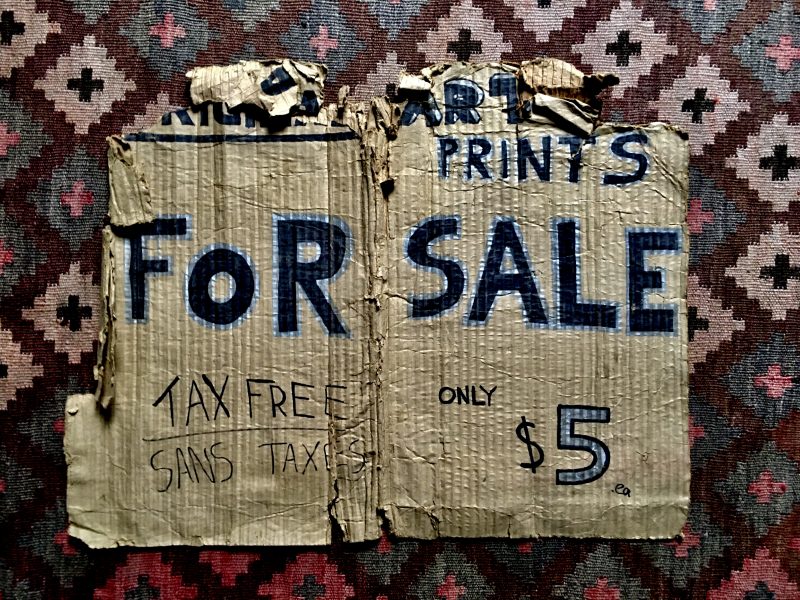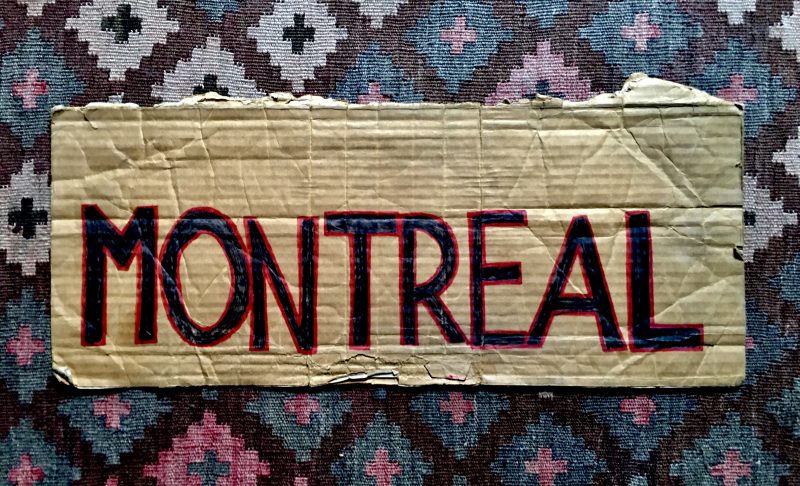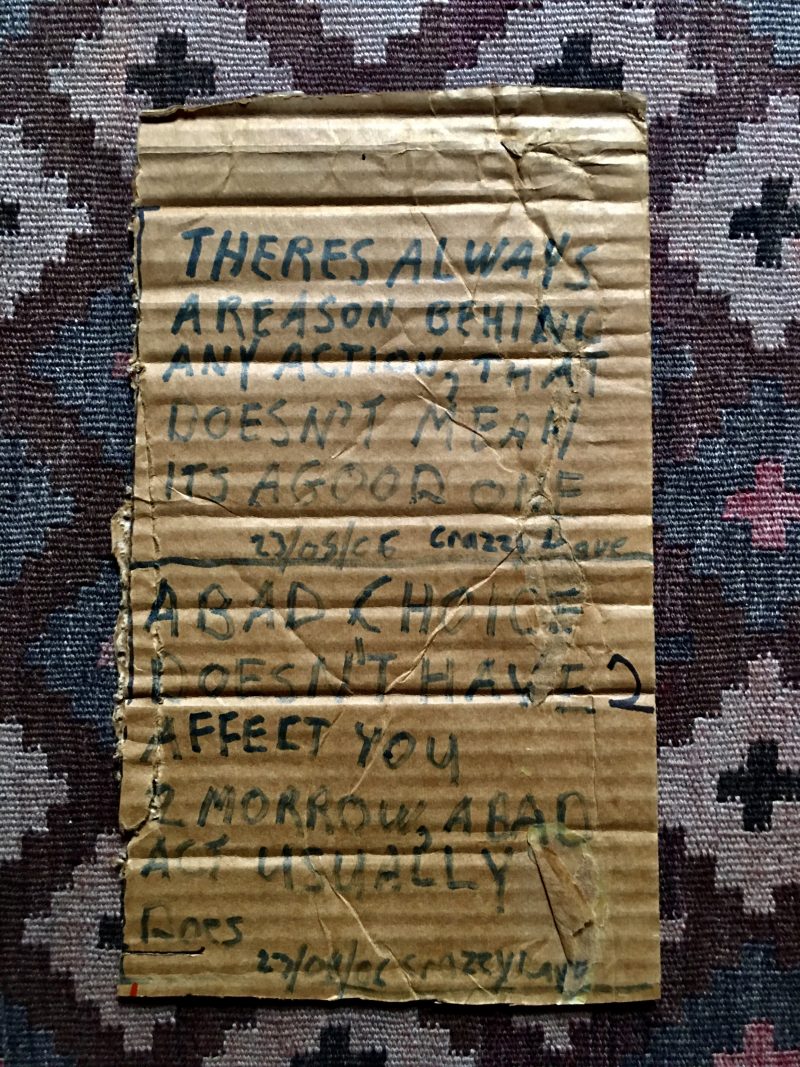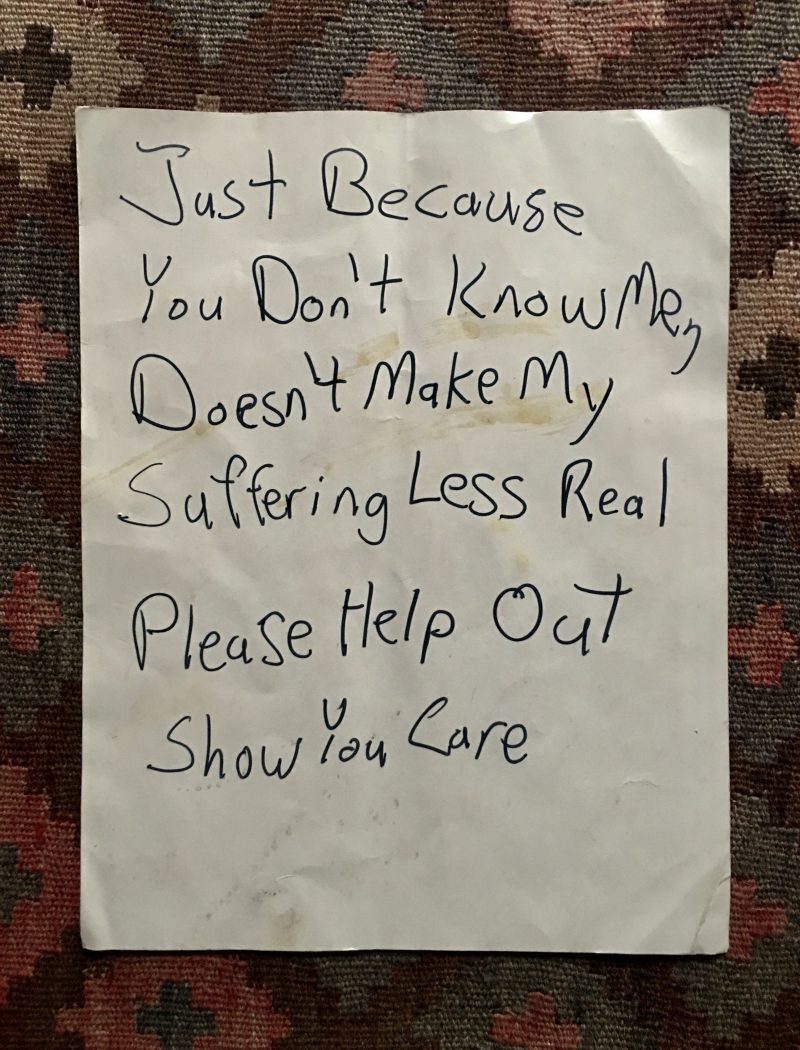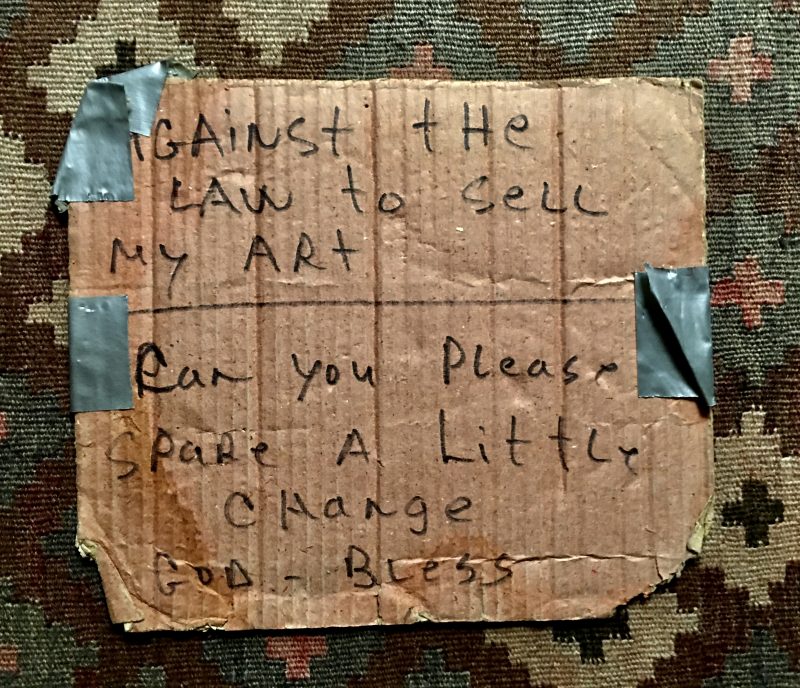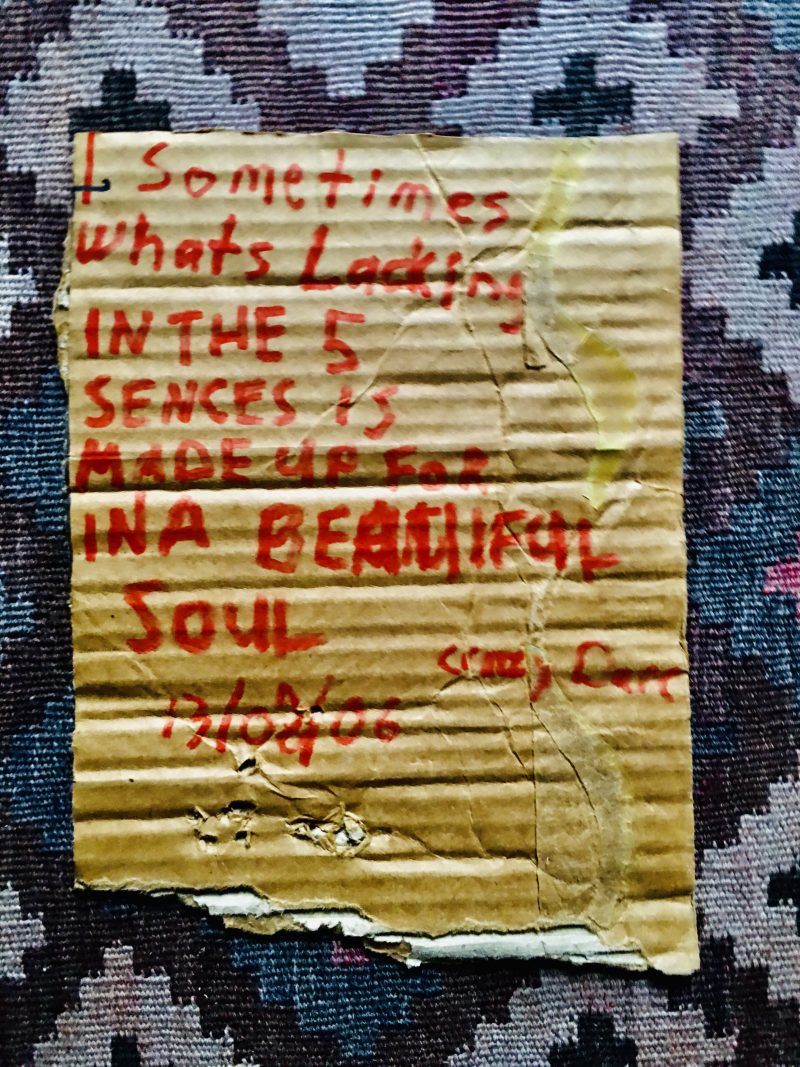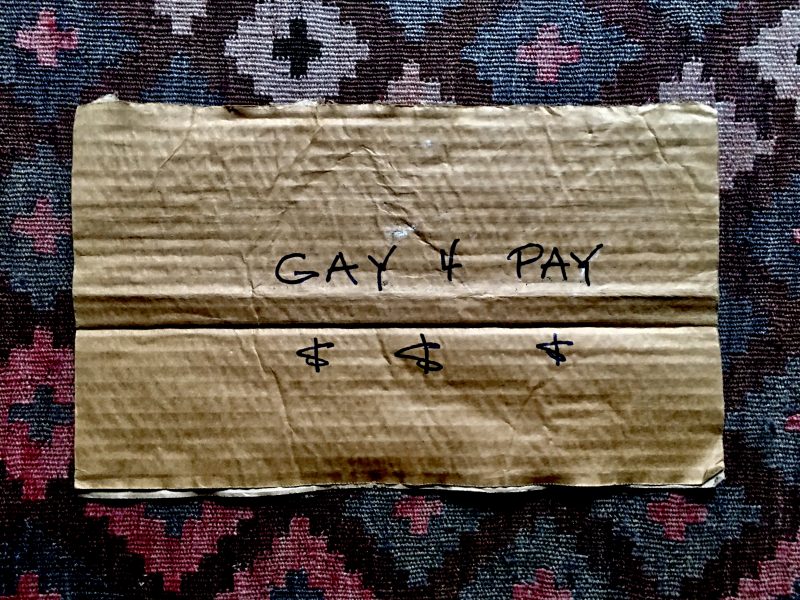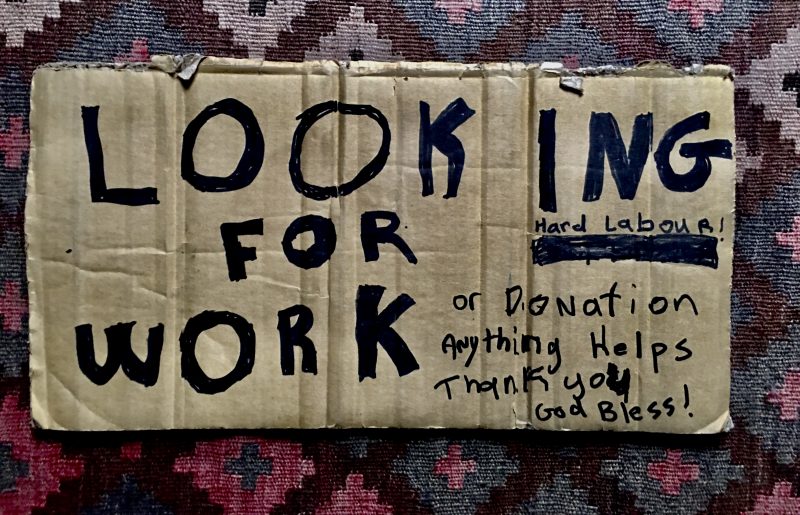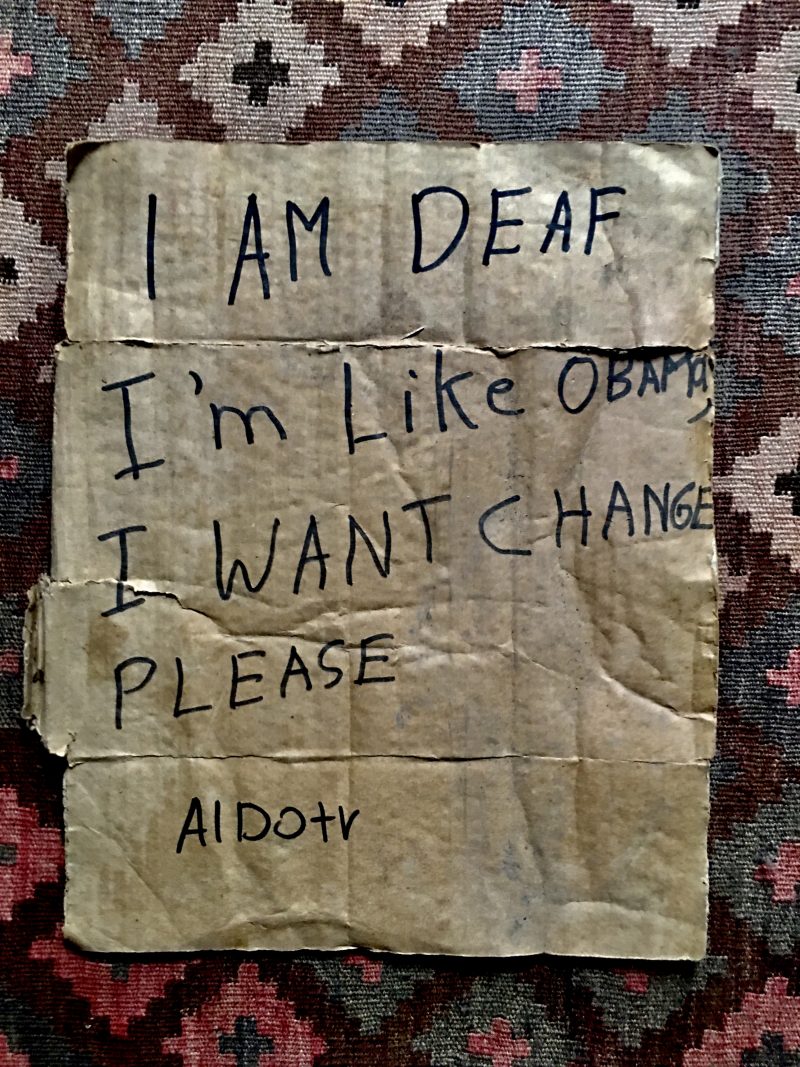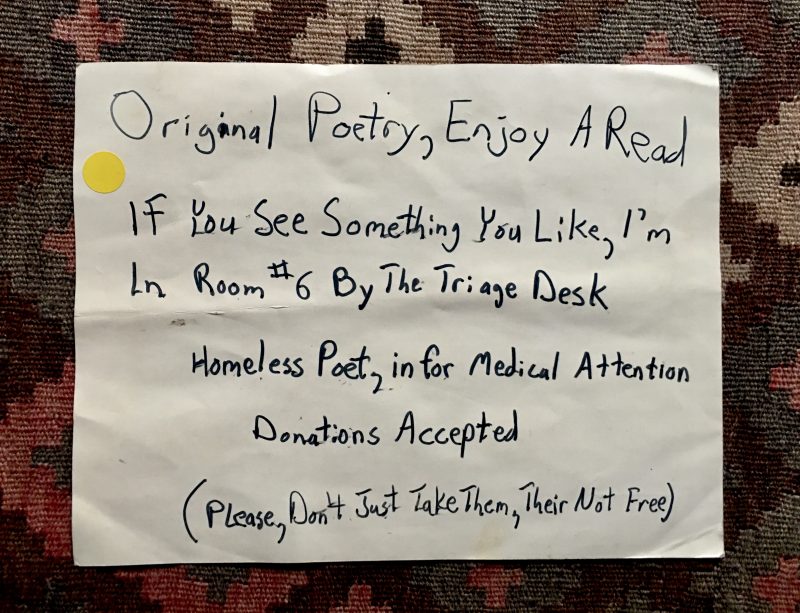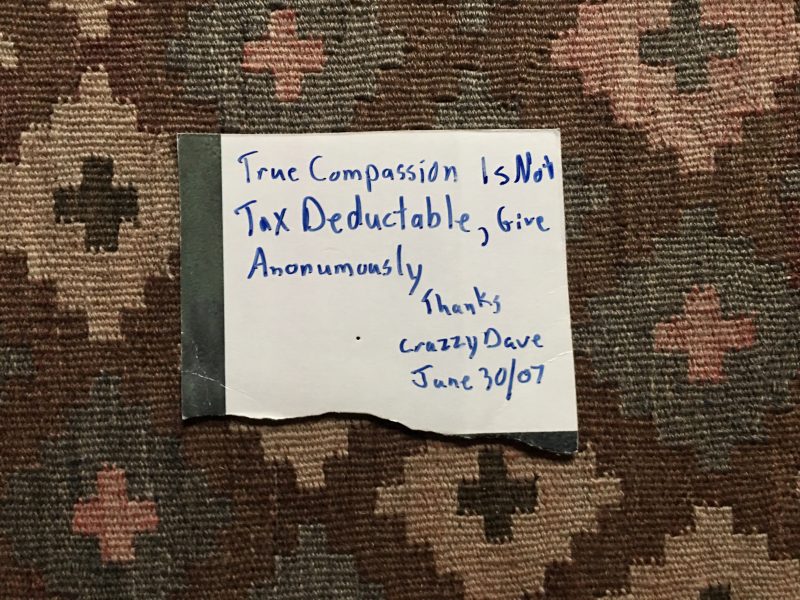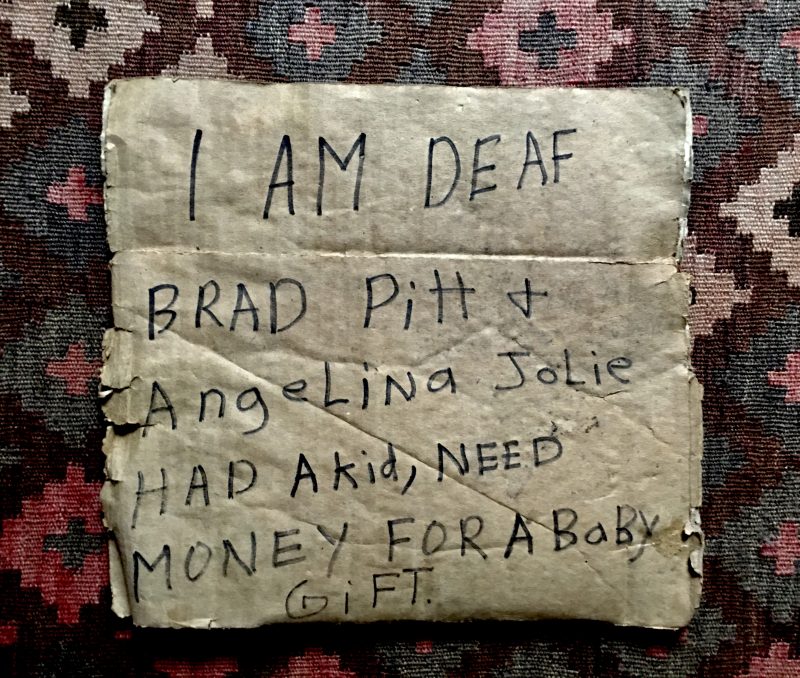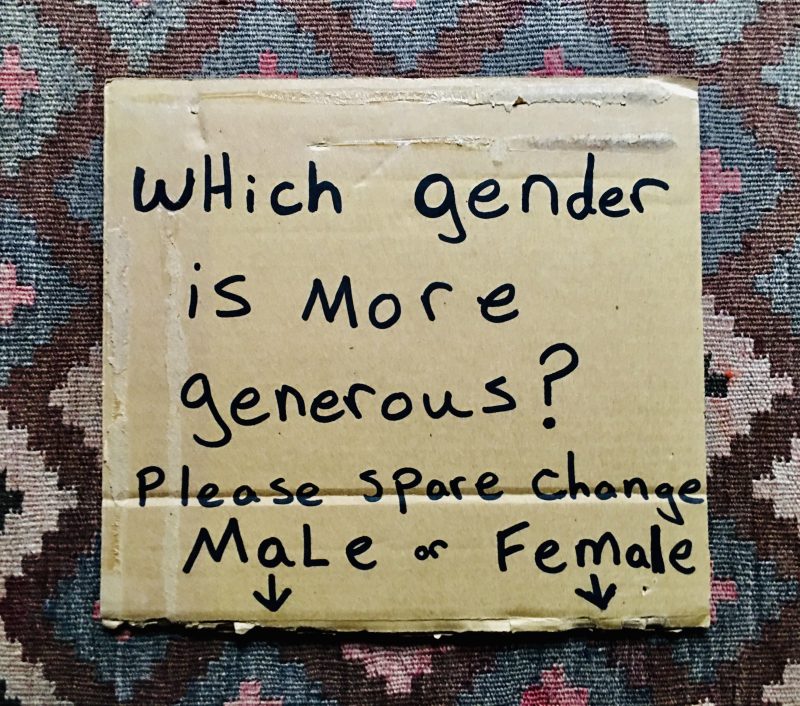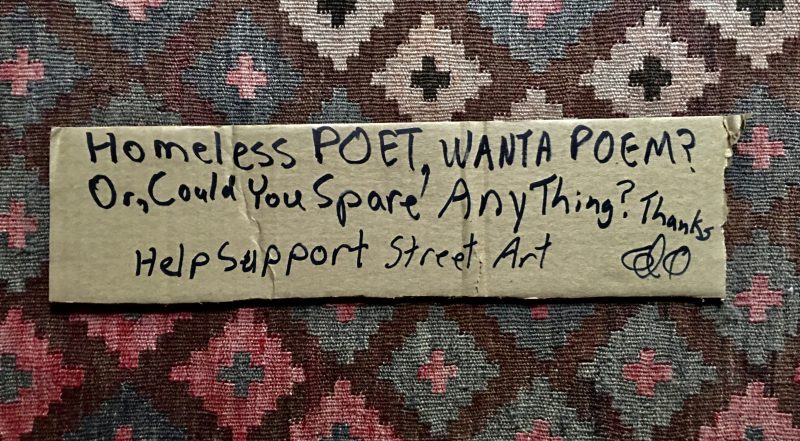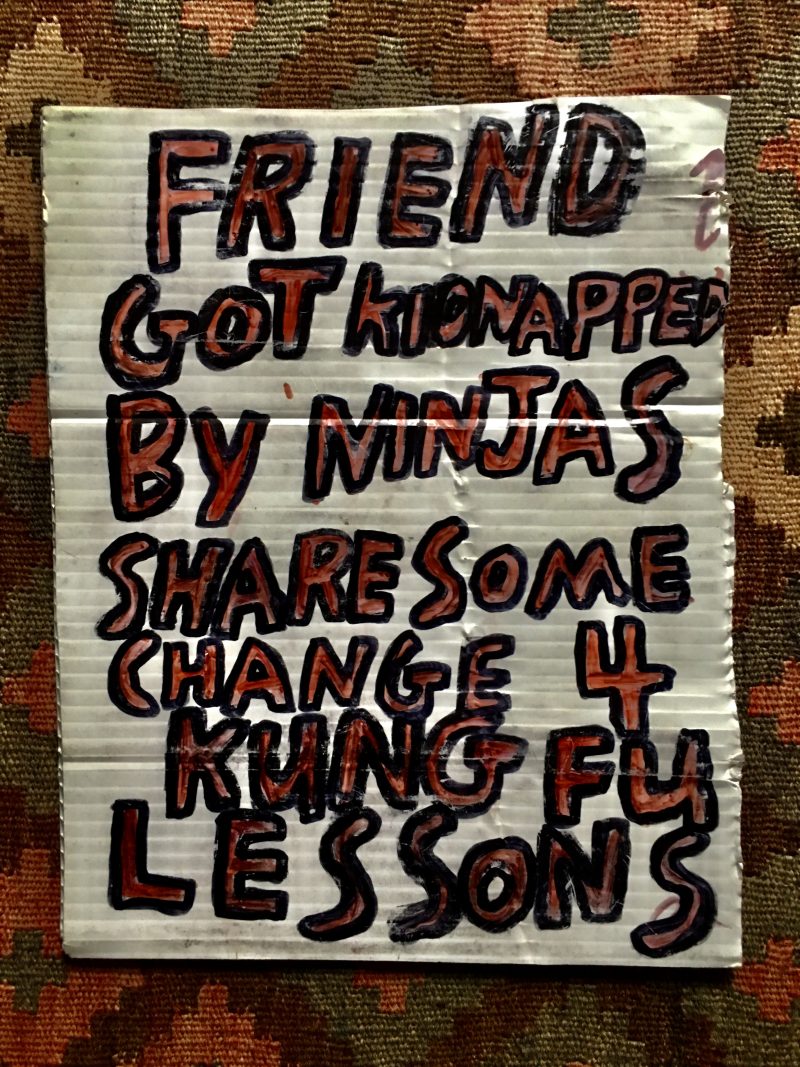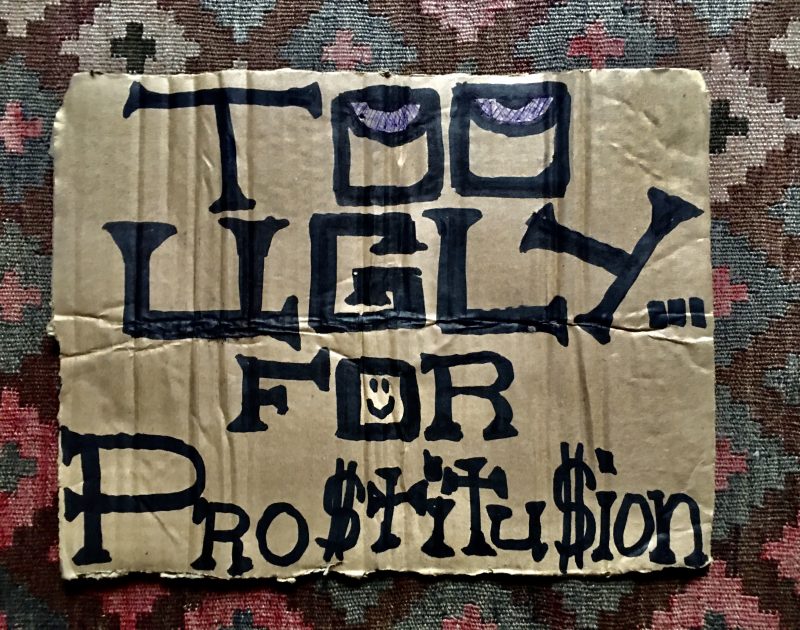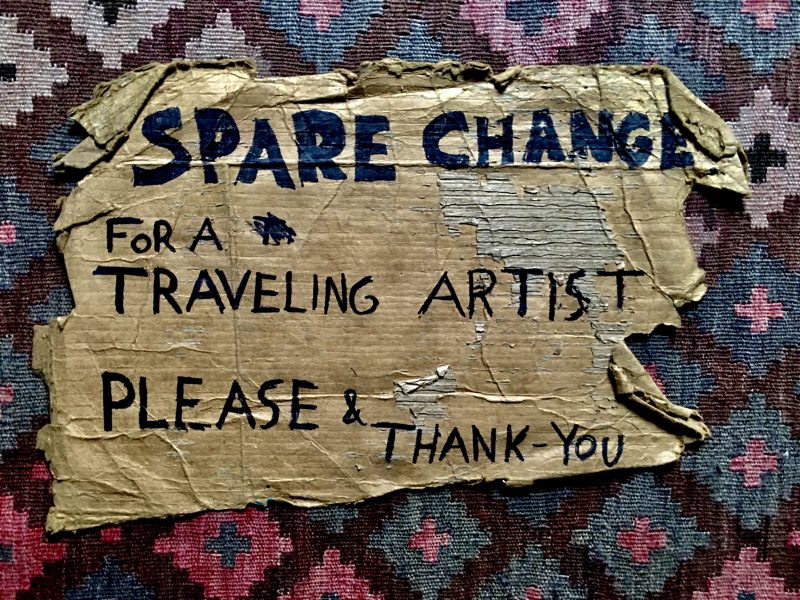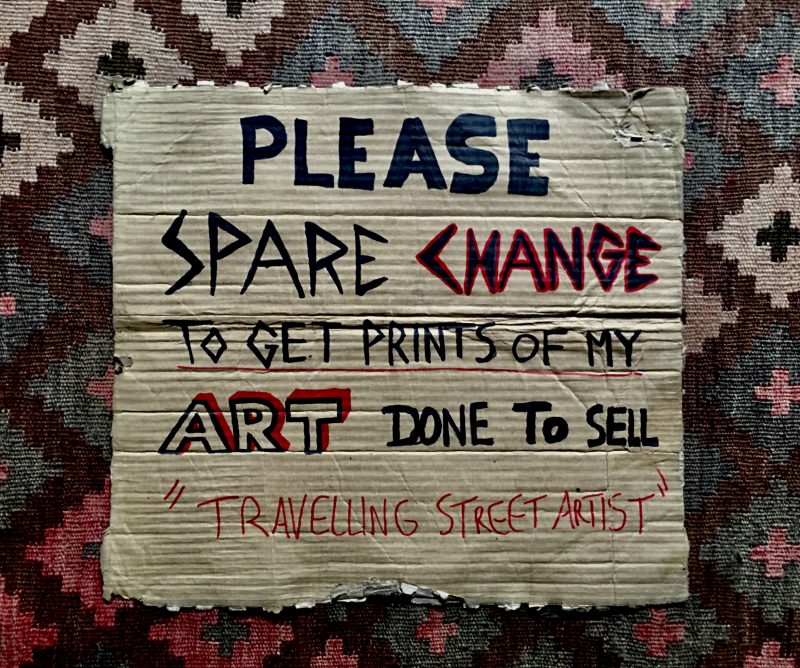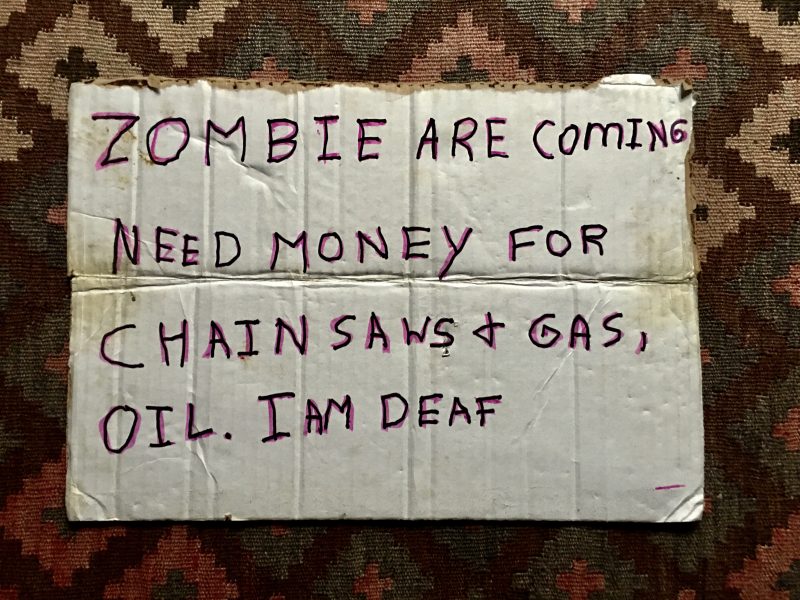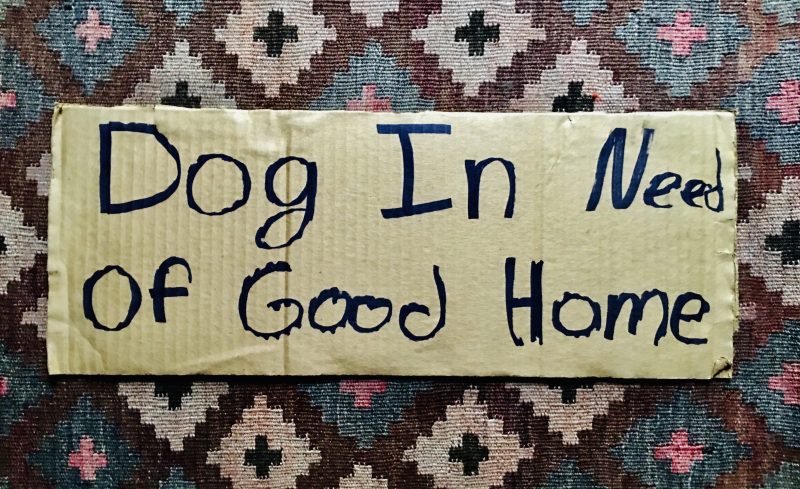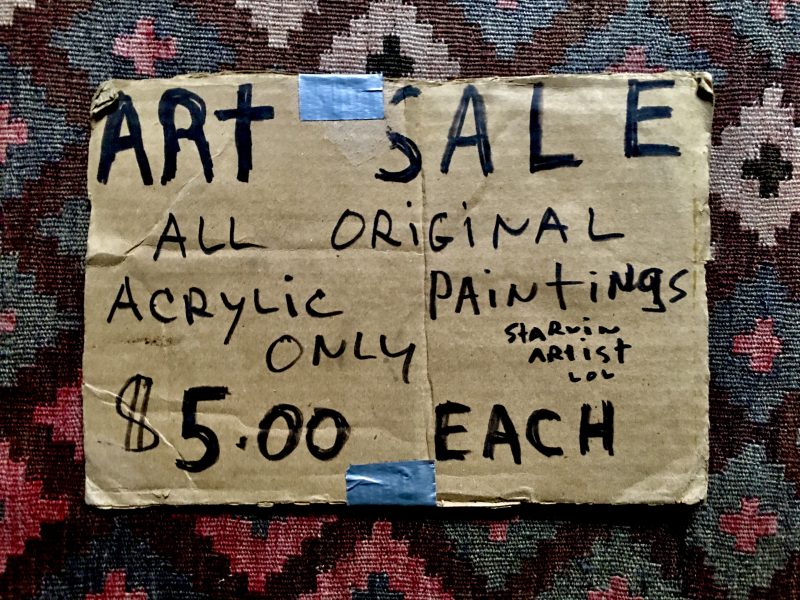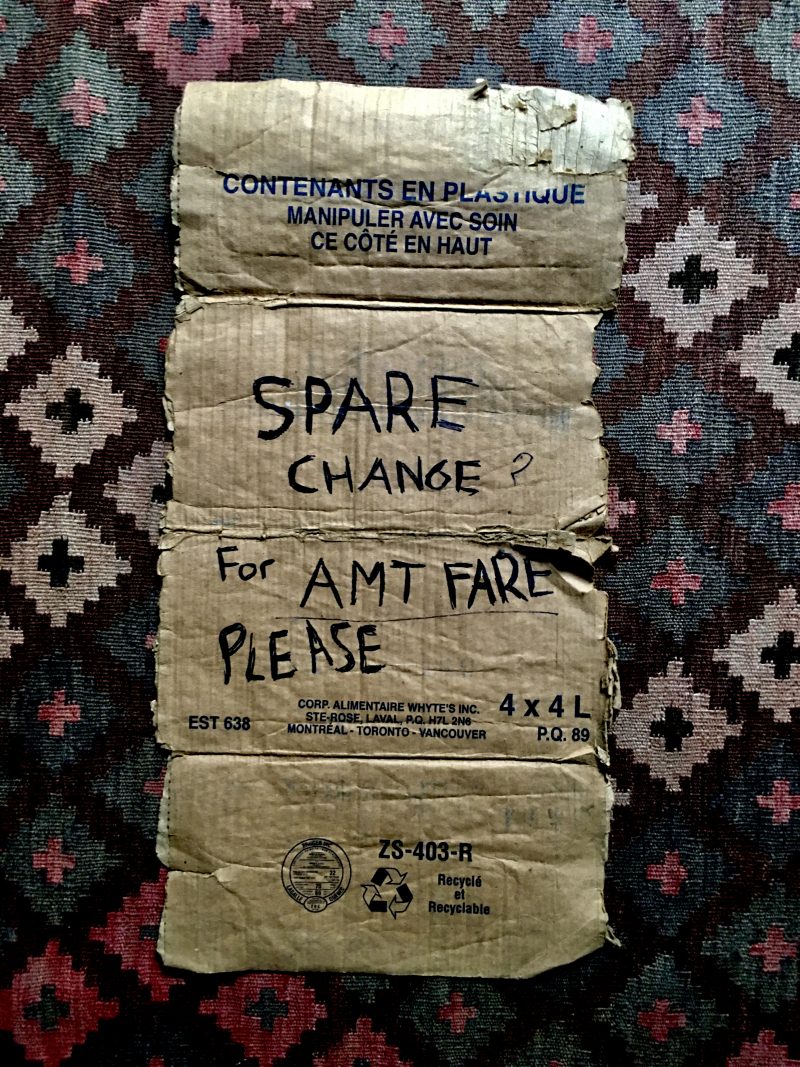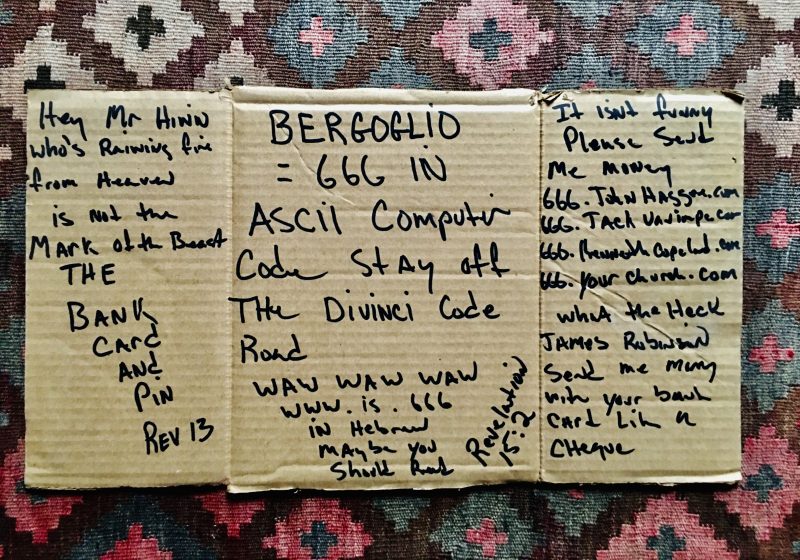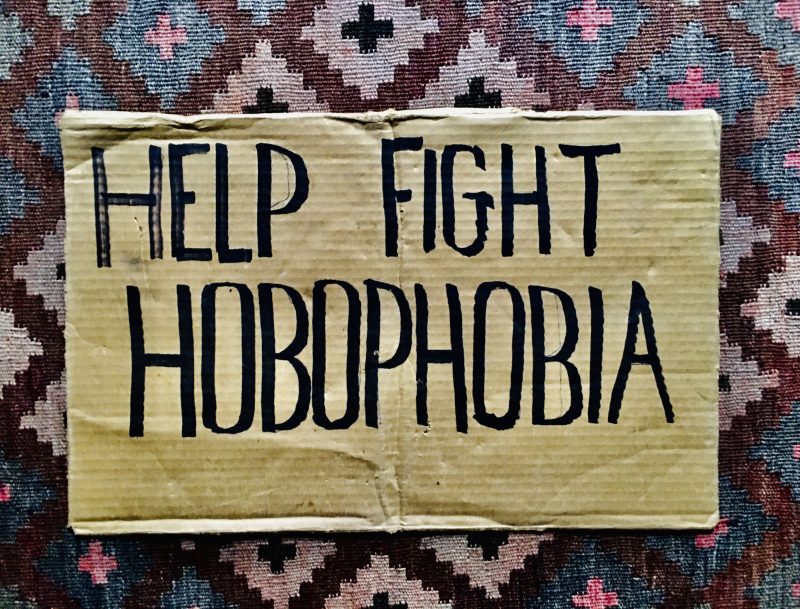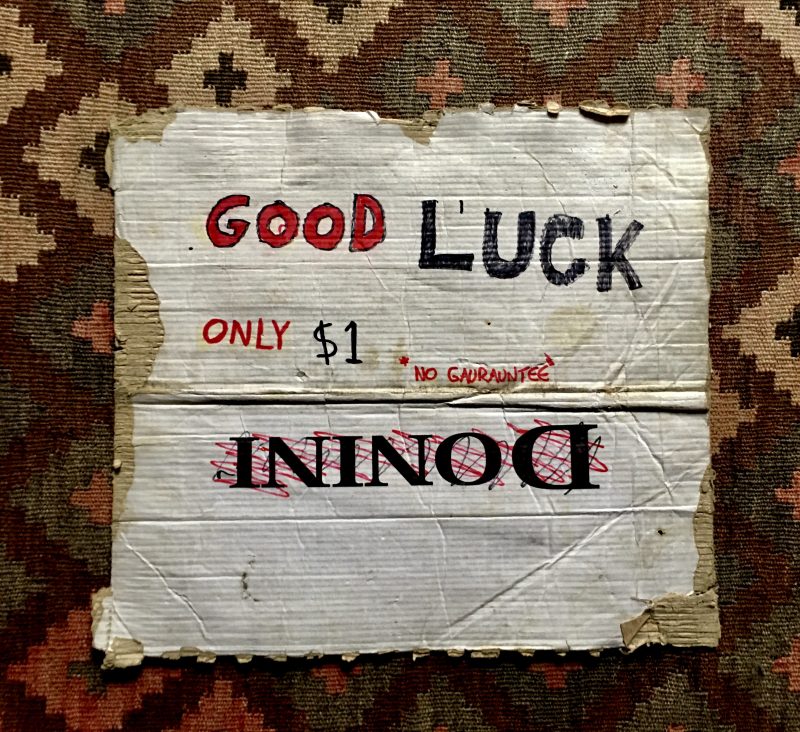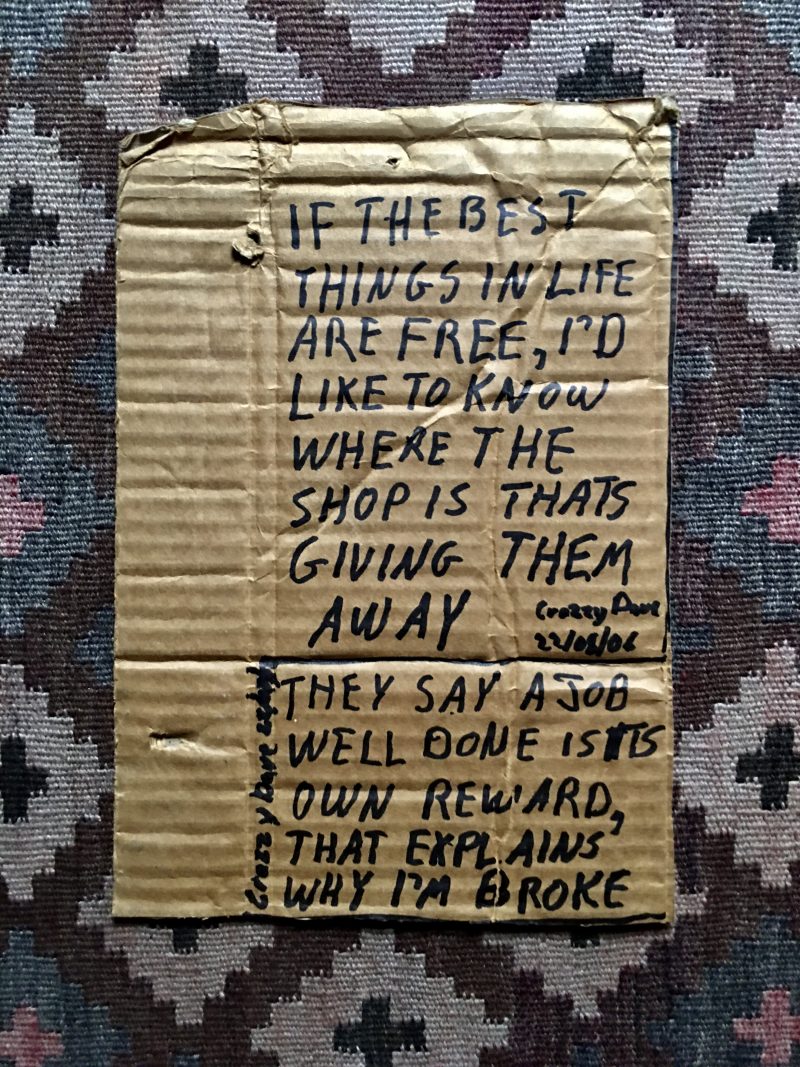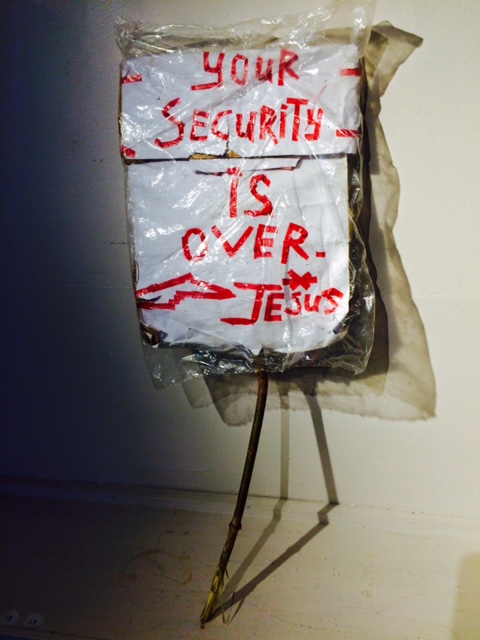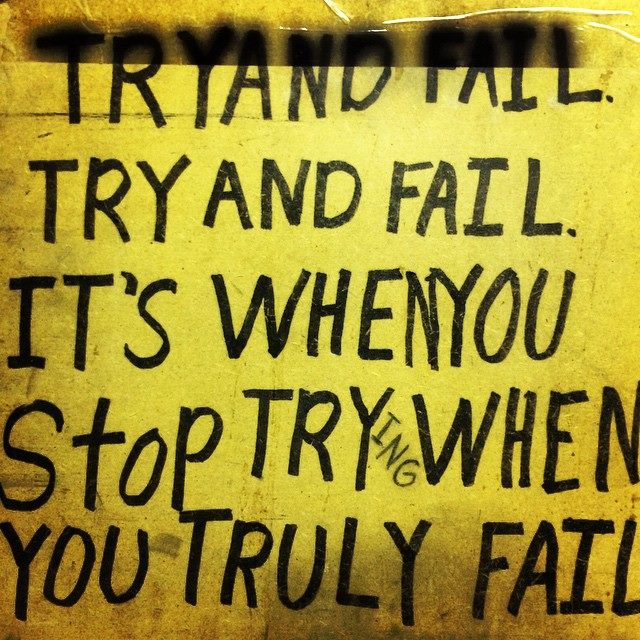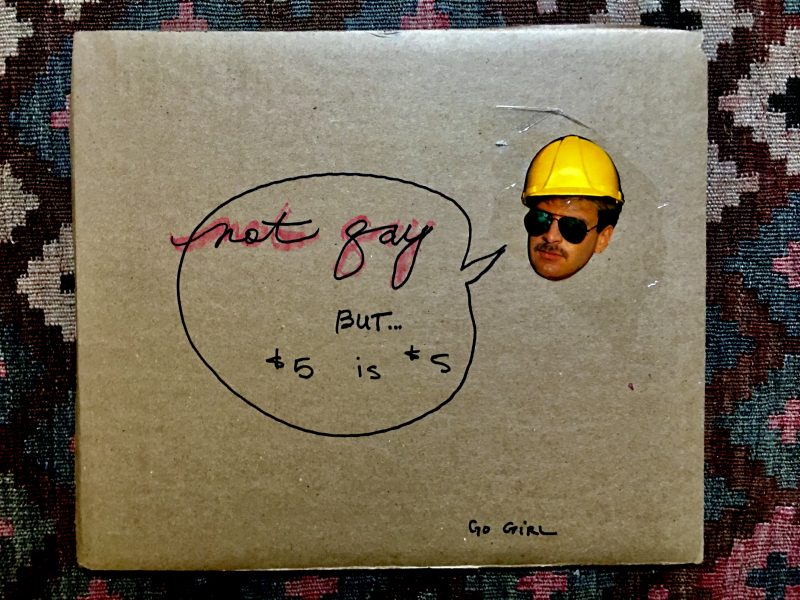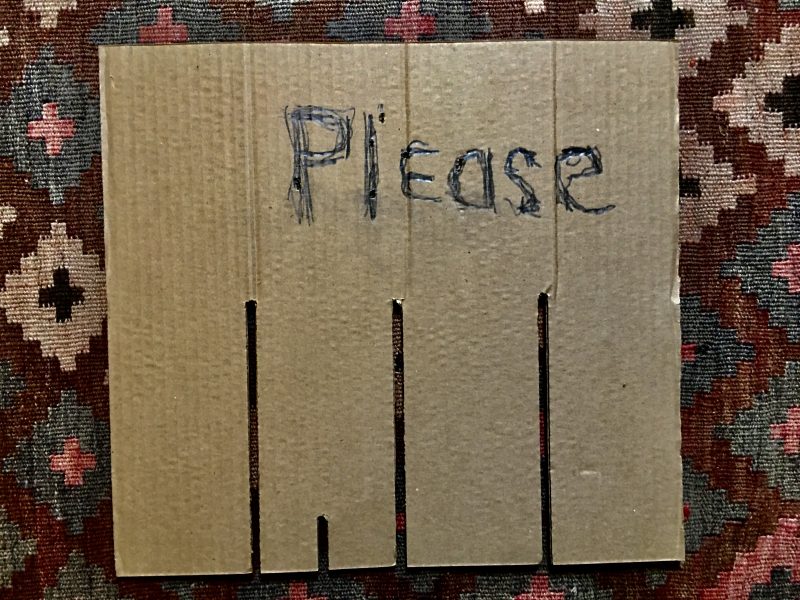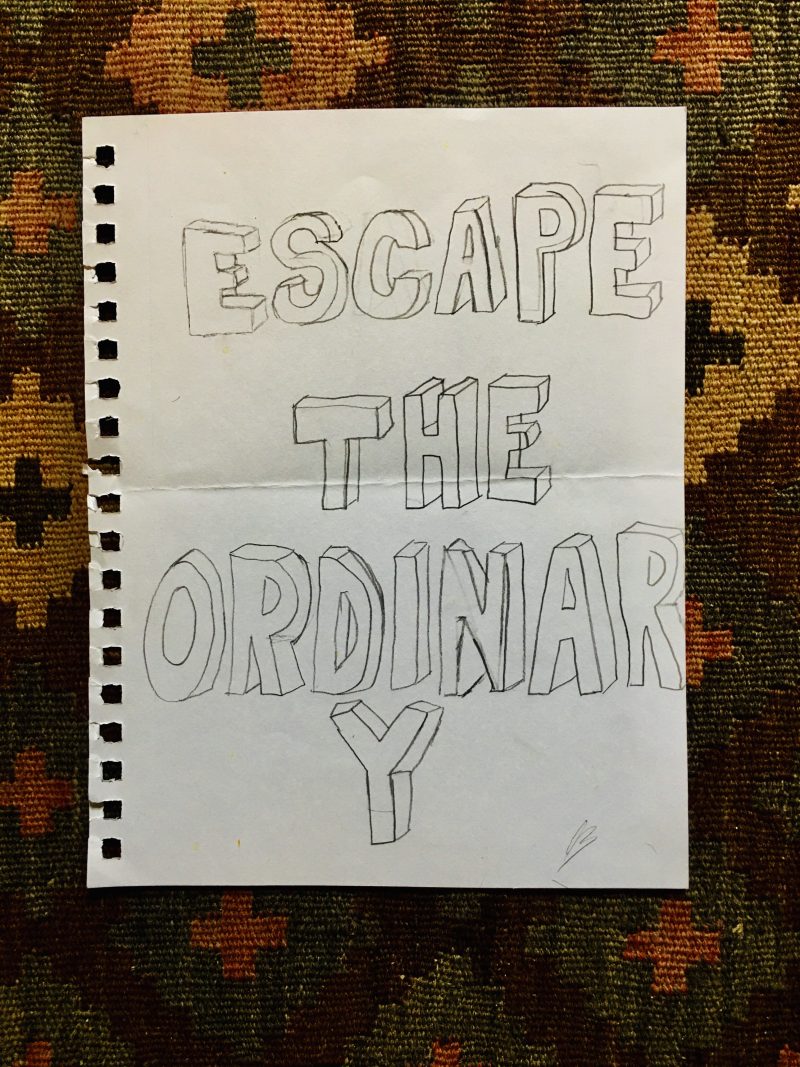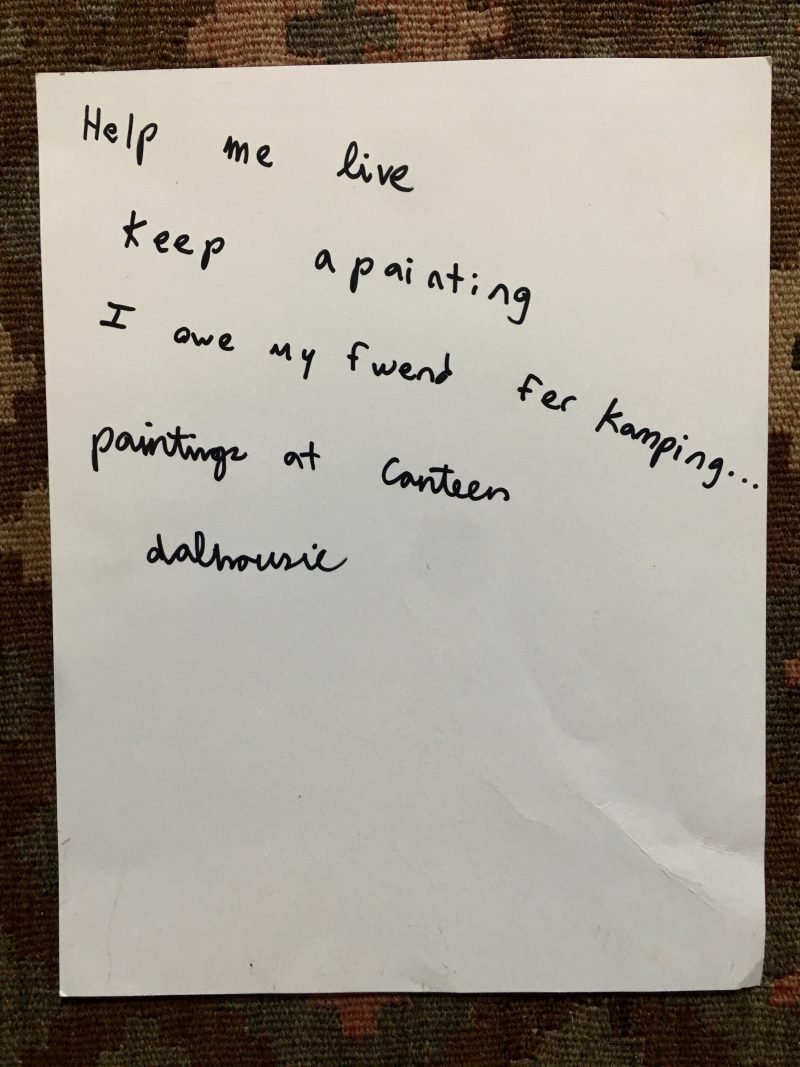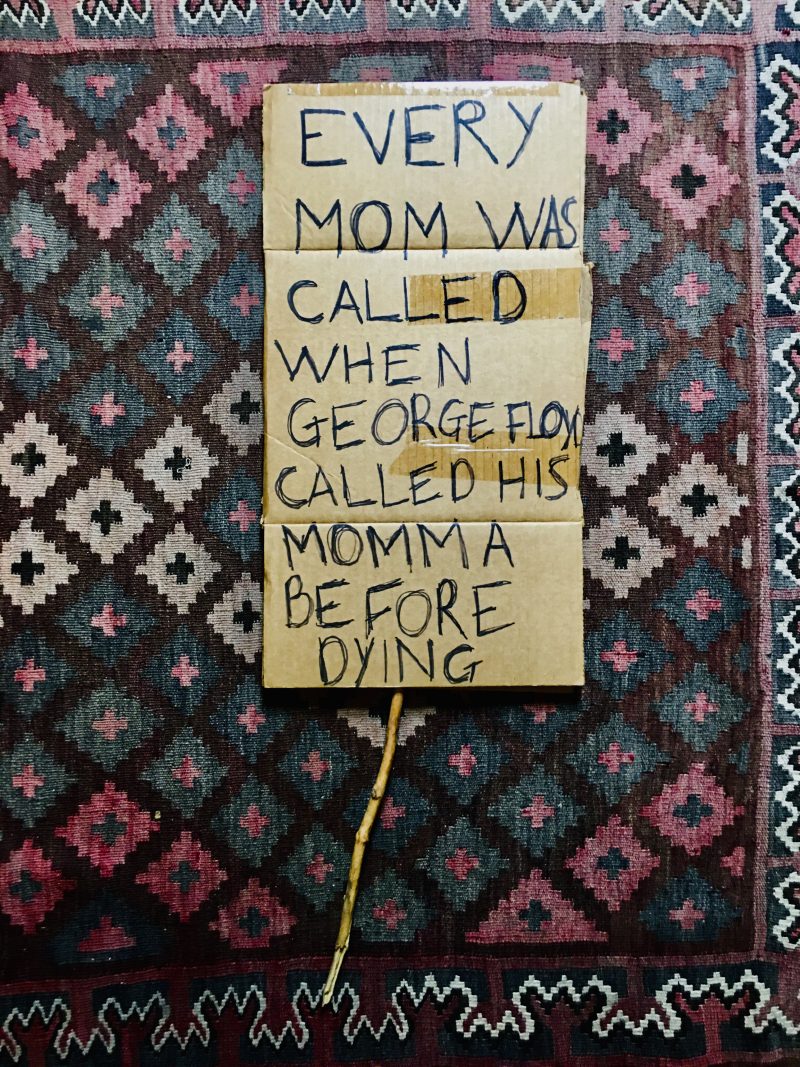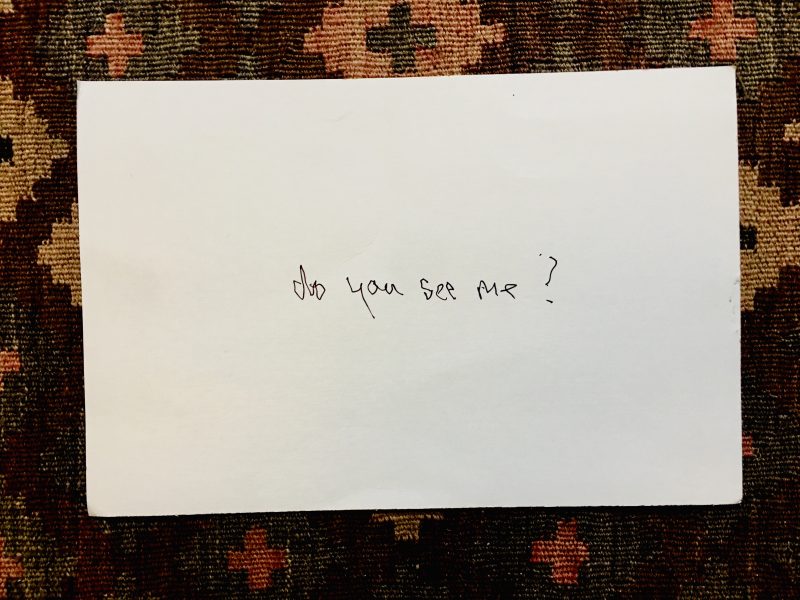Vernacular Street Art 1990-2015
Collection has been donated to the “WE ARE ALL HOMELESS” Project.
Private Collection of 46 Found Street Signs, which were mainly purchased from the individuals who created them.
These found streets signs have been collected by myself as far back as my days living in New York, from 1900 to 2000, but also originate from Ottawa, Montreal, Toronto, the United States, and only a very few from Europe.
**
THANK YOU to the “We Are All Homeless” Project for their contribution to the “FEED 100 PEOPLE” Project in Mexico.
www.weareallhomeless.org
https://mail.google.com/mail/u/0/#inbox/KtbxLrjRfWgjFLmrRKbnPSWQrVfDsQXNJV
**
My Annual “Food for 100 People Project” every Xmas in a remote fishing village in Boca de Tomatlan, Mexico:
Xmas 2022: https://guyberube.com/37178-2/
Xmas 2021: https://guyberube.com/vallarta-food-bank-in-boca-de-tomatlan-2021-2022/
Vallarta Food Bank 2019-21: https://guyberube.com/puerto-vallarta-food-bank-mexico-2020-21/
**
As part of an exhibition at La Petite Mort Gallery in Ottawa, Canada, in 2015.
La Petite Mort Gallery presents
I WILL MAKE YOU A BELIEVER
Curated by Adam Barbu & Guy Berube
Work by Joyce Westrop (Represented by Gallery Three, Ottawa, Canada.), Herman Ruhland (Perth, Canada), Karl Goertzen (Ottawa Canada), Anne Johnson (Ottawa, Canada), Pierre Molinier (Bordeaux, France), Theo Pelmus (Romania), Crazzy Dave (Ottawa, Canada) & featuring a selection of Anonymous Street Signs from the Gallery Archives.
February 6 – 28, 2015
Vernissage Friday February 13 / 7 – 10pm
Work by Herman Ruhland (Perth, Canada), Karl Goertzen (Ottawa Canada), Anne Johnson (Ottawa, Canada), Pierre Molinier (Bordeaux, France), Theo Pelmus (Romania), Crazzy Dave (Ottawa, Canada) & featuring a selection of Anonymous Street Signs from the Gallery Archives.
I WILL MAKE YOU A BELIEVER marks the second part of a series of exhibitions featuring works and objects from La Petite Mort Gallery’s collections and archives. The exhibition brings together found objects, signs and never before exhibited works that reflect ideas of anonymity, disclosure and the authorization of speech.
Notably, the exhibition presents signs previously used on the street for panhandling. Exhibited in this way, they identify the unsettling potential for words and images to shift when confronted out of context. The question of where this “frame” begins ends allows us to consider the degree to which objects maintain their sense of belonging, and within which contexts they best speak the their truths. Accordingly, the works of Joyce Westrop and Rene Price consider the possibility of an aesthetic engagement with forms and materials from the street. In distinct ways, they ask: What does it mean to hold an ear to the ground? Perhaps it is Herman Ruhland who offers the strongest comment on the impossibility of a politically disengaged, formalist approach to curating in our contemporary social context: “The tower stands no more.”
The example of Pierre Molinier aptly expresses this tension between the named and the unnamed. Having produced a vast body of work throughout his youth and middle age, he would only be discovered and celebrated – as the “other” – very late in life. He is the art historical outsider par-excellence. Yet even with the inclusion of his work, none of the individuals in this exhibition should be thought of as “outsider artists”. Rather, they appear as teachers, standing on the inside looking out. Overall, these works ask us to be critically vigilant to the normative social hierarchies that become invisible in the practice of the writing of history, and of everyday life. They radiate an extreme, raw sense of emotionality and honesty, and it is in this unease we lean closer and learn to better recognize ourselves as disembodied passers-by.
These works tread at the symbolic threshold of communication between strangers, marked by a simultaneous folding, unfolding, opening and collapsing of smudged, inaccessible realties. The phrase “I will make you a believer” performs the wish to both transcend the materiality of the object and to bring the viewer inside, beyond the surface. This is a broken, imperfect wish marked by an inevitable failure to change the conditions of the existing social contract. “I cannot make you believer, but I will try, and fail and try again.” If it is written, listen to the one who is presently speaking.
– Adam Barbu, 2015
